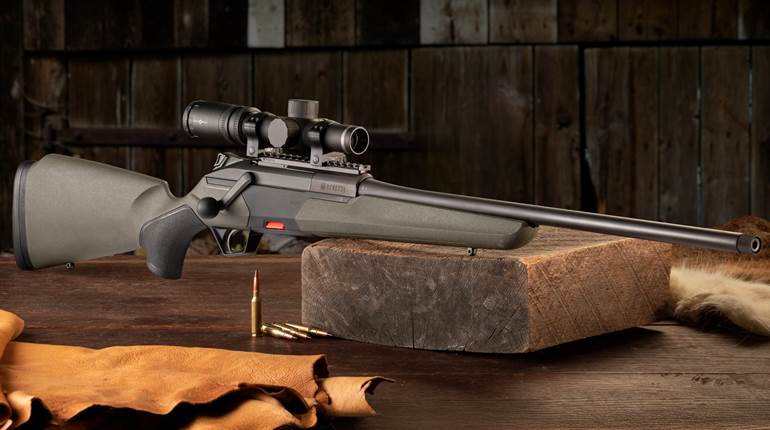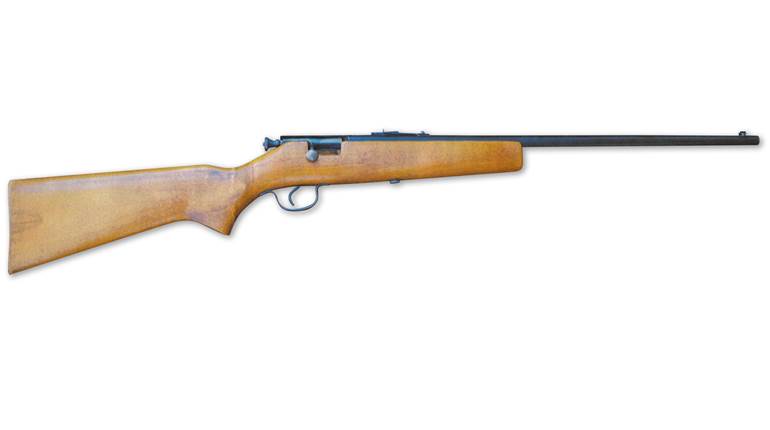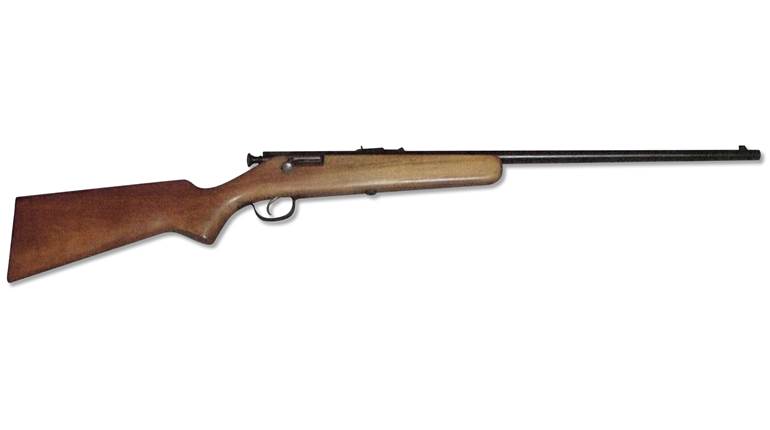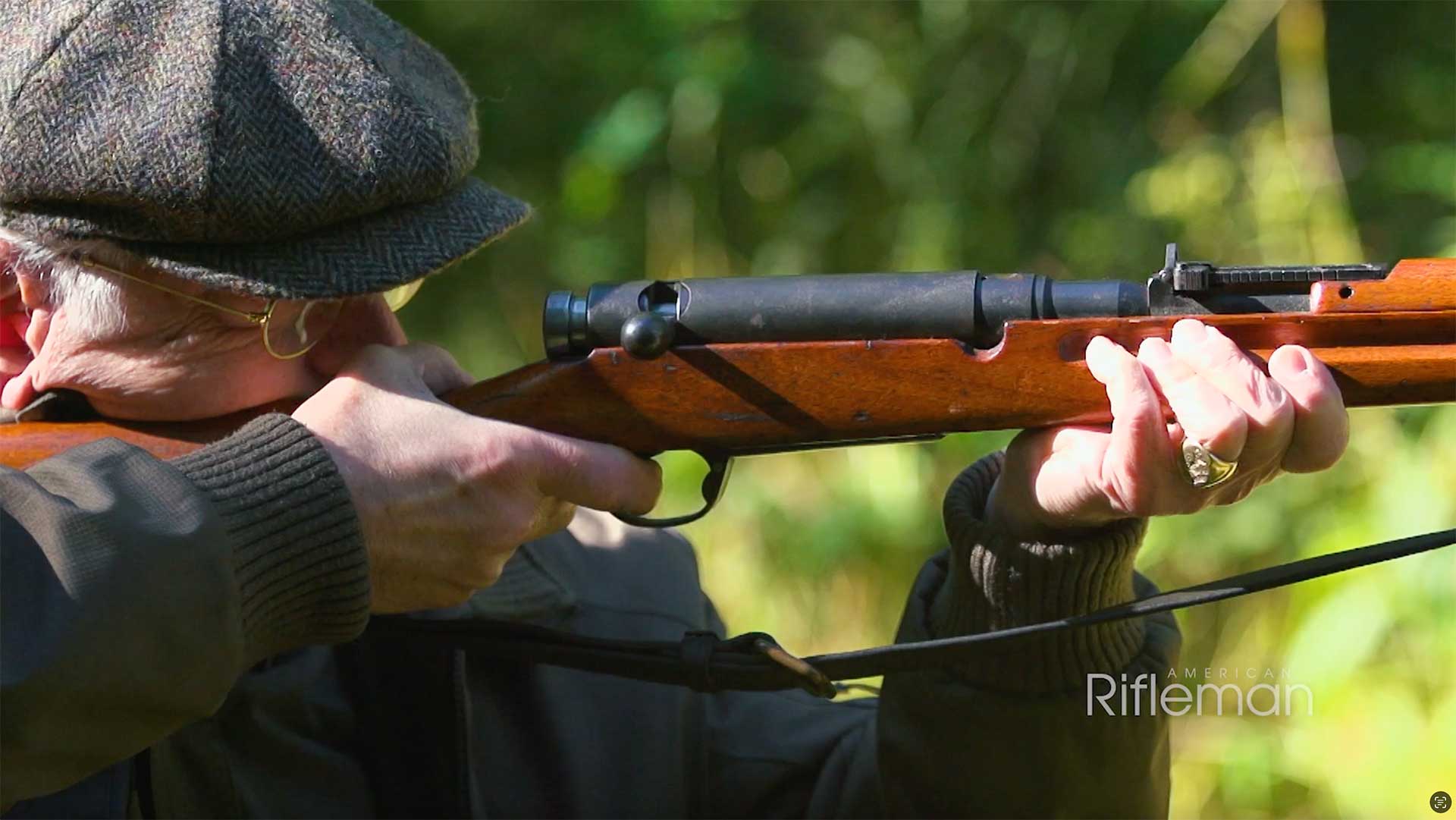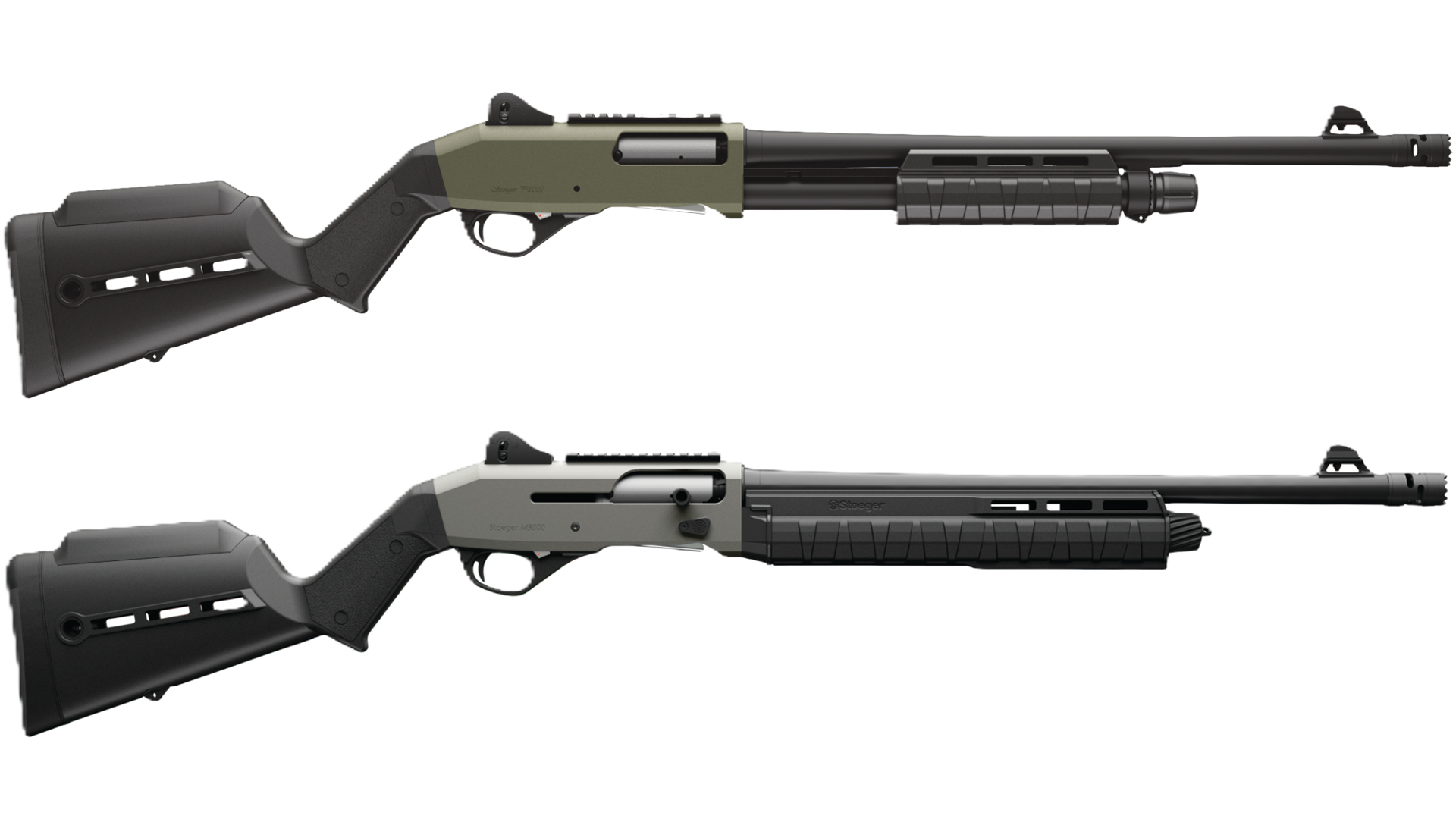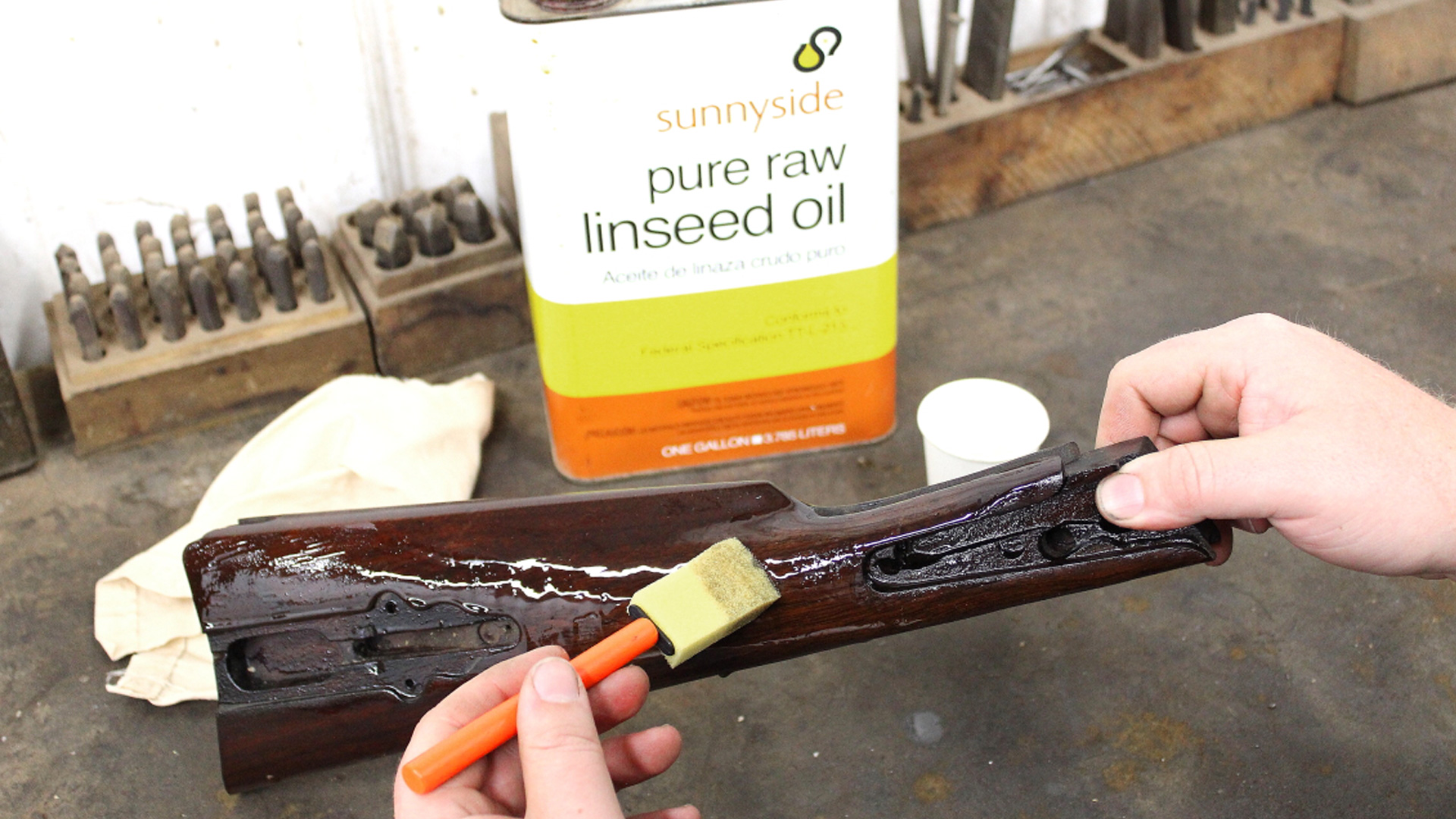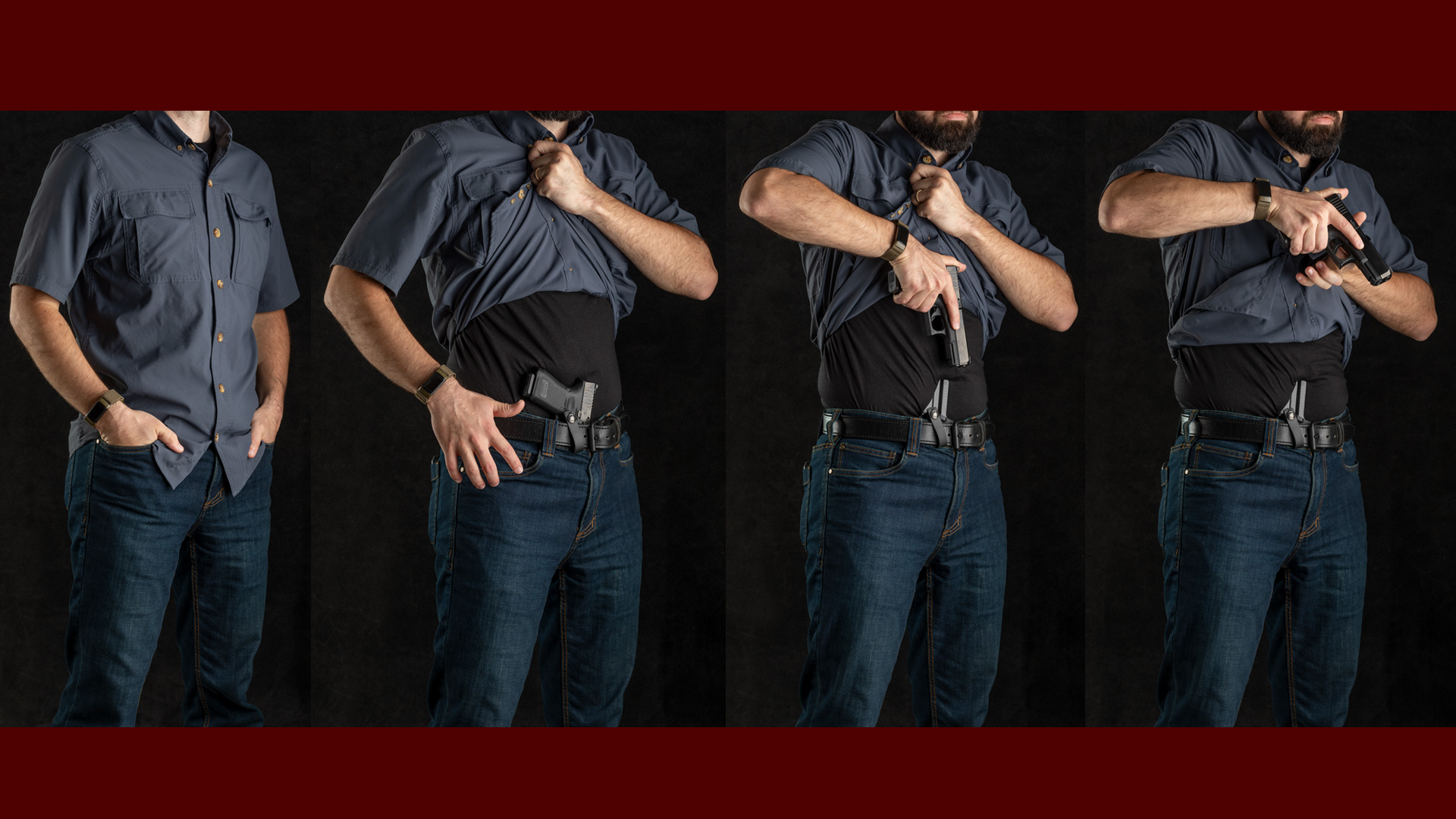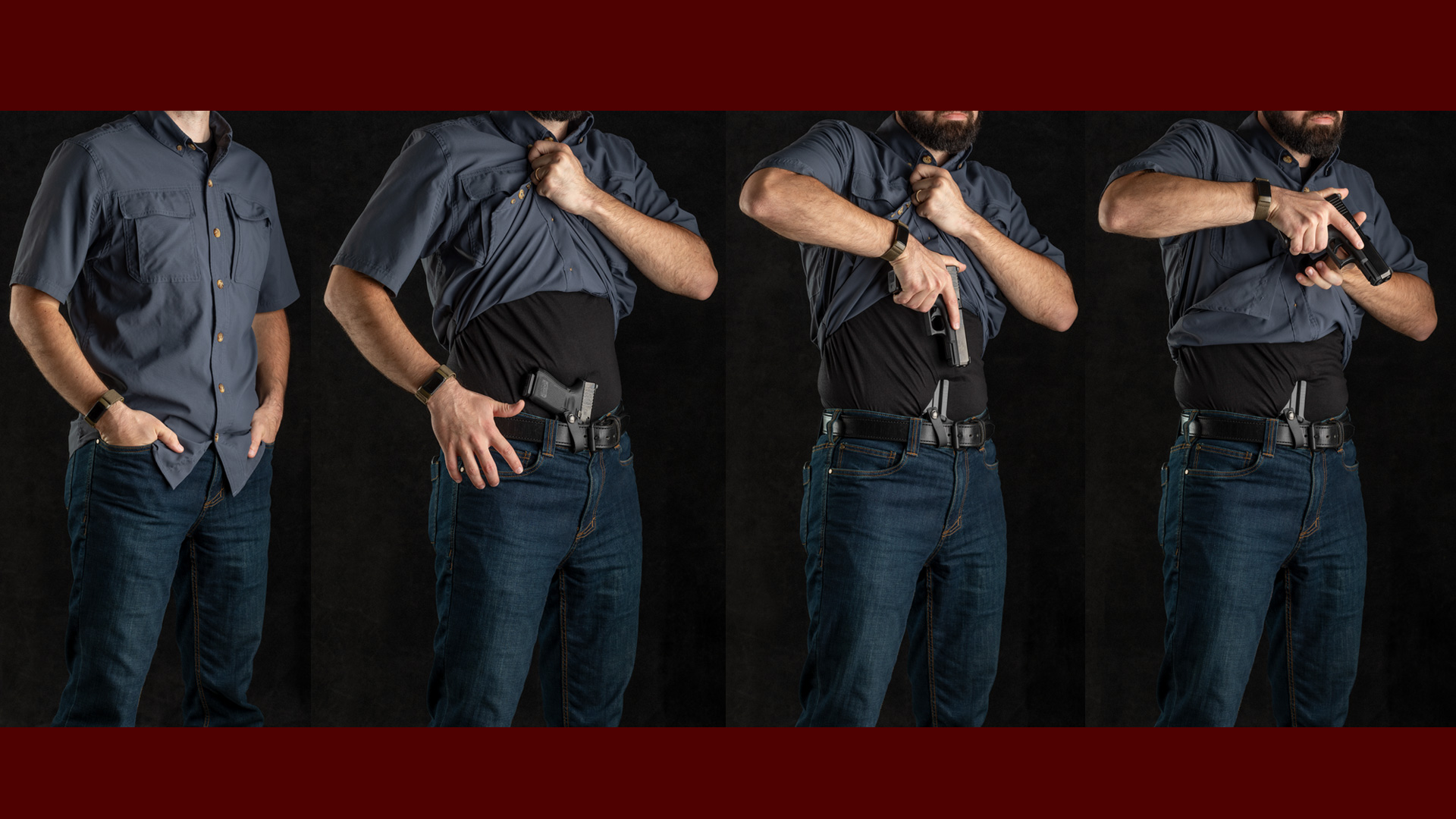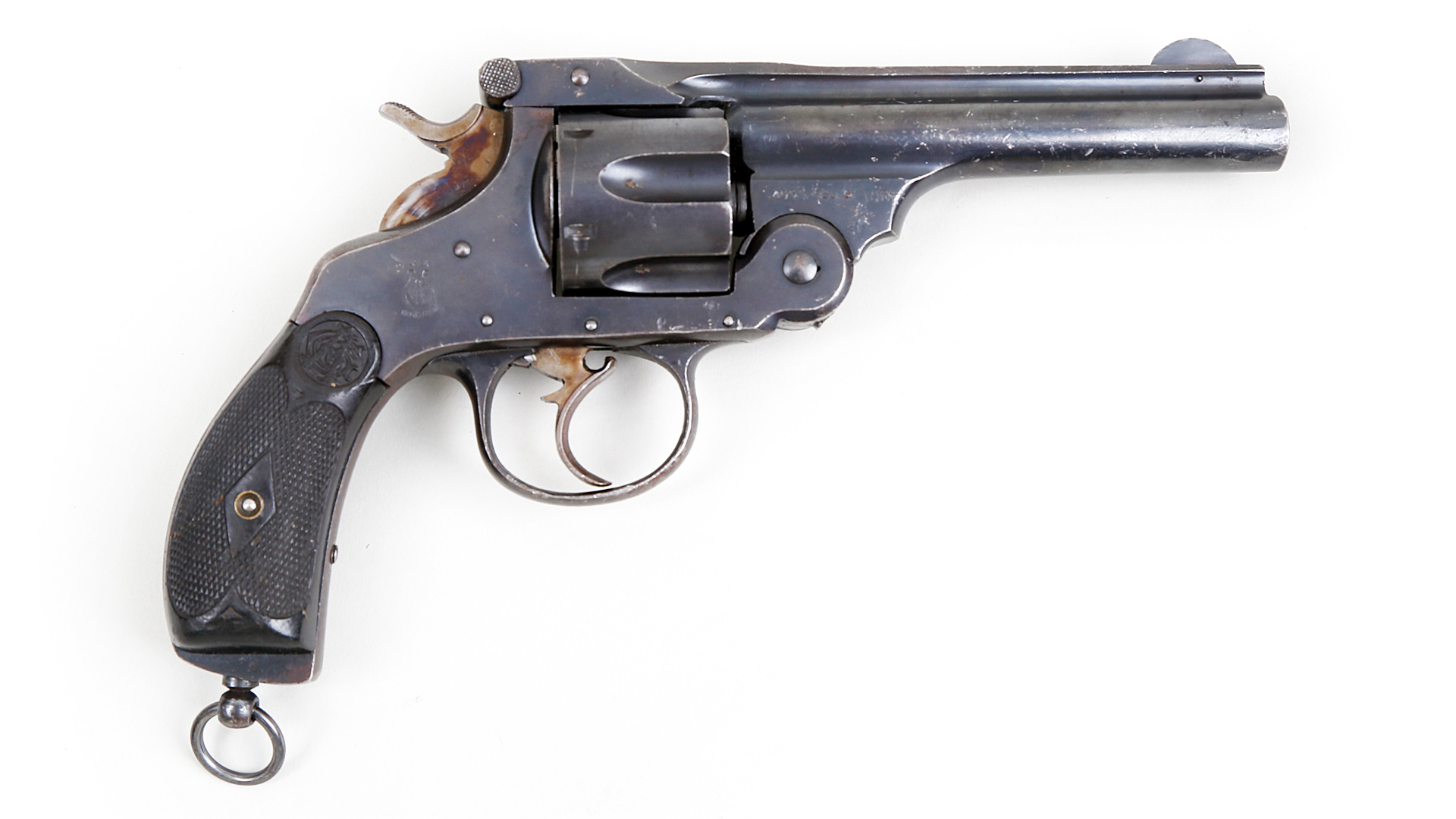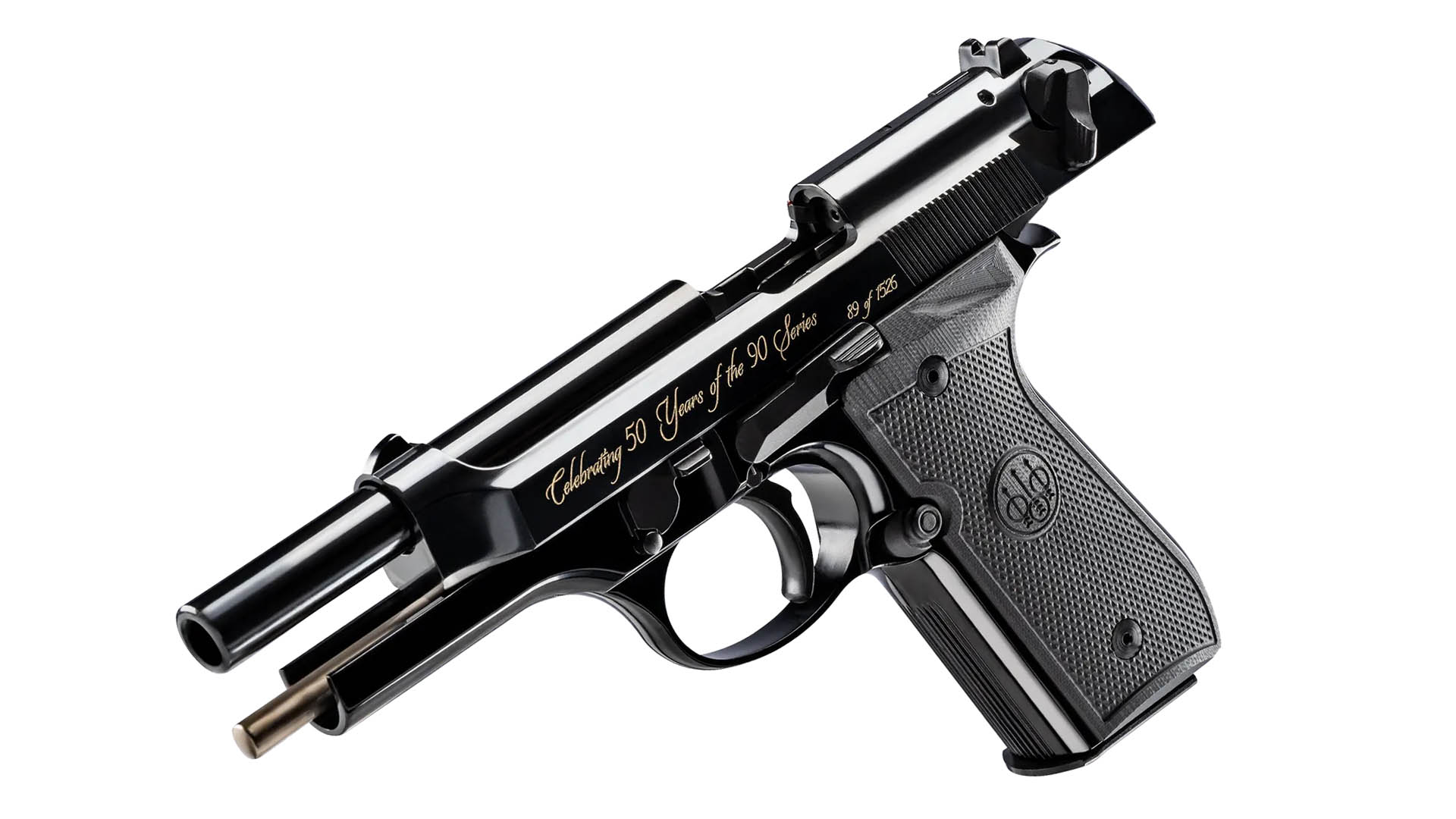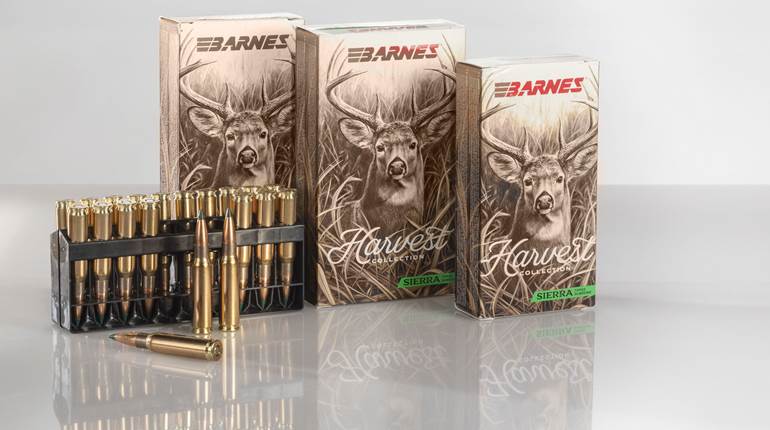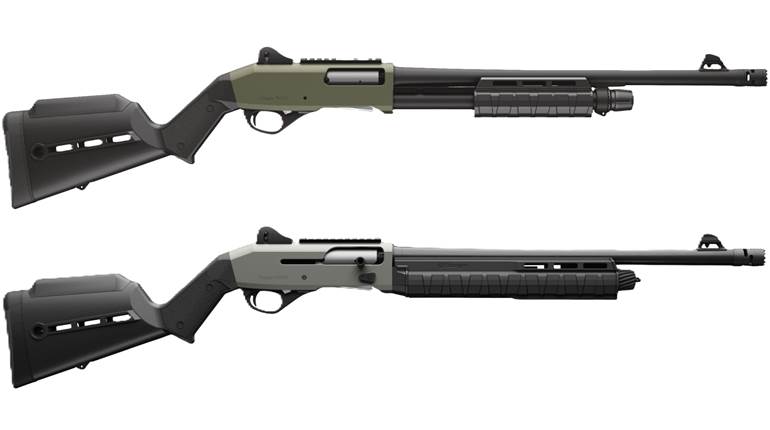
As an American military convoy rumbled along a dusty street in Habbaniyah, Iraq, 50 miles west of Baghdad, a silver van eased to the curb. Preoccupied with operating their heavy trucks, the U.S. Marine drivers didn’t notice the van and its civilian occupants.
Fortunately the convoy was overwatched by guardian angels: a Marine sniper and his spotter atop a nearby roof. Alerted by his spotter, the Marine marksman shifted his 10X optic to the silver van—and discovered the driver videotaping the convoy while his passenger raised a scoped rifle! As one, the Marine sniper and his spotter fired, shooting dead the cameraman and his sniping partner. By itself this was a dramatic accomplishment, but there was more: Pried from the dead terrorist’s hands was a Marine-issue M40A3 sniper rifle—taken from a Marine sniper killed by insurgents in August 2005. It was now back where it belonged.
The Habbaniyah engagement was a limited but significant milestone in this unnoticed war-within-a-war, a quiet triumph of skill and courage, strategy and technology, which yielded a victory as great as that of British snipers who wrested domination of the World War I trenches from Germany’s snipers in 1915.
An Asymmetrical Conflict
Iraqi military snipers appeared occasionally during the 2003 invasion, but afterward—like the rest of their army—they shed their uniforms and faded away. By the end of that year, some Saddam loyalists and a few al-Qaeda terrorists sometimes sniped at American troops but not in a coordinated way. The following year, however, attacks increased while insurgents concentrated by the thousands in Fallujah, daring the U.S. military to attack their enclave. That November, U.S. Marines and soldiers assaulted Fallujah, teaching a bloody lesson: directly fighting America’s military meant inevitable and total defeat. Thus, al-Qaeda and its allies turned away from direct confrontation to “asymmetric,” or disproportionate, warfare to inflict casualties at low risk. This new strategy involved car bombs and Improvised Explosive Devices (IEDs), along with snipers in considerable numbers.
The terrorist snipers’ tactics proved as extreme as their philosophy. Unencumbered by international law, insurgent snipers hid themselves in civilian clothes, took cover behind human shields, fired from mosques and escaped in ambulances. With a seemingly endless supply of sniper rifles and thousands of American targets, these hit-and-run terrorists could strike anywhere. American quick-reaction forces rushed to such scenes, but most often the enemy snipers simply dumped their rifles and blended into the neighborhood. They seemed nearly impossible to kill or capture.
U.S. Sniping Successes
While insurgent sniper attacks grew, U.S. Army and Marine snipers were proving their own against the insurgents. Marine Sgt. Joshua Clark and Navy Petty Officer 3rd Class Jeff Pursley, for example, observed two vehicles halt at night to plant a bomb inside a junked car. While the insurgents unrolled detonation wires, the American snipers crept forward and fired, forcing several insurgents to flee, capturing one.
U.S. Army snipers from the 3rd Infantry Division’s “Shadow Team” sniper detachment, led by Staff Sgt. Jim Gilliland, hid for 18 hours near Ramadi to stop IED-planters in a similar fashion, firing just three shots to down three terrorists.
Another sniper team led by Marine Staff Sgt. Steve Reichert spotted a dead animal just ahead of a Marine patrol, with wires running from its carcass. After alerting his fellow Marines, Reichert turned his .50 BMG Barrett rifle toward an insurgent machine gunner, striking him down at 1,775 yards—more than a full mile.
In another incident, a Marine sniper rushed to the aid of Marines taking fire from an insurgent concealed behind an automobile. The American sniper fired his heavy Barrett .50-cal. completely through the parked automobile, killing the terrorist.
In Fallujah, Marine Sgt. John Ethan Place demonstrated skill and technique on par with the best snipers in Marine history. The 22-year-old sniper scored 32 confirmed kills in only 13 days and was awarded the Silver Star.
Sgt. Herbert Hancock, chief scout-sniper with the 1st Battalion, 23rd Marine Regiment and a full-time Texas SWAT police sniper, and his teammate, Cpl. Geoffrey Flowers, spotted two black-robed insurgents manning a 120 mm mortar. Hancock laid his crosshair on one man, dropped him, then ran his bolt and got the second, too. The distance: an impressive 1,050 yards. An even farther long-range shot was fired by Marine Cpl. Matt Orth, who took out a terrorist 1,256 yards away.
Targeting U.S. Snipers
With such impressive achievements by U.S. troops, al-Qaeda and its affiliated terror groups called upon their comrades to target U.S. sniper teams. In the first resulting incident, a sniper team from the 1st Cavalry Division led by Lt. Eric Johnson was mass-attacked at night on outpost duty near the Baghdad airport. Despite three gunshot wounds, Johnson and his men survived.
Two months later, in Ramadi, 20 miles west of Baghdad, two dozen insurgents overran a sniper position, killing four Marines and videotaping their stripped bodies for distribution to the Internet and Al Jazeera television. Later, again in Ramadi, an eight-man Marine sniper element was blasted by a remote-control bomb, killing two and seriously wounding several others. Near Haditha, 140 miles northwest of Baghdad, two Marine sniper teams were ambushed and killed, again with video footage provided to Al Jazeera TV.
From one such incident arose the most highly decorated sniper team of the war. On Aug. 27, 2007, near Samarra, a four-man sniper team from the 82nd Airborne Division suddenly found its rooftop outpost mass-assaulted by 40 foreign al-Qaeda fighters. Outnumbered 10-to-one, it was a 10-minute fight for their lives, in which two paratroopers died. A year later, at Fort Bragg, N.C., President George W. Bush presented Distinguished Service Crosses—our nation’s second-highest decoration—to the two snipers who had held their ground, Sgt. Chris Corriveau, from Lewiston, Maine, and Sgt. Eric Moser, of Tomball, Texas. Together, they had accounted for an estimated 15 enemy killed, and more wounded.
Copycats
The most dangerous enemy snipers proved to be the insurgents who mimicked the Washington, D.C.-area snipers who terrorized our nation’s capital in 2002 by firing from the concealment of a car. Cruising the streets of Baghdad, Mosul and other towns, these mobile sniper teams sought G.I.s manning roadside checkpoints, fixed security posts and sitting in armored vehicle cupolas. As quickly as they fired, the insurgent riflemen disappeared into urban traffic. Some sniping vehicles carried extra license plates, phony taxi markings and secret compartments for stowing a sniper rifle. Insurgent Web sites boasted that quick reaction forces arrived too late to catch them.
Because al-Qaeda paid the gunmen up to $5,000 per kill, the mobile snipers documented their engagements on videotape, the spotter serving as both observer and videographer. Soon, al-Qaeda began posting the videotaped shootings on Web sites and distributing them to foreign media. At the same time, enemy propagandists created the myth of an omnipotent sniper named Juba. Successful sniping attacks were attributed to Juba, while failures or incidents in which an insurgent sniper was killed were not. Juba was everywhere and infallible, enemy posters declared.
At the height of this propaganda offensive, I appeared on CNN International with correspondent Michael Ware. We were seen live in Baghdad. Deflating enemy claims, I dismissed Juba as a myth and pointed out the propaganda misrepresentations in insurgent videos. Two days later, upset by my comments, the al-Qaeda sniper chief in Baghdad appeared on Al Jazeera to mock me by name and boast of his snipers’ achievements.
Not long after the sniper chief uttered my name, I was invited by the U.S. Army’s Asymmetric Warfare Office to a counter-sniping conference at the Pentagon where we discussed strategies and techniques to defeat the insurgent snipers. Analyzing dozens of enemy sniping videos, I’d determined that virtually all the engagements were at ground level, rarely more than 150 yards, and that most insurgent shooters were aboard vehicles, “hiding” in background clutter across busy streets, intersections and traffic circles. In almost every instance, I noted, the G.I. victims were targets of opportunity at Traffic Control Points or near halted American vehicles, and they lacked optics suitable for spotting their attackers. Already, much was being done to counter sniper attacks. Fort Meade’s Asymmetric Warfare Group prepared an excellent sniper awareness brochure to distribute in Iraq. Along with other experts, I urged the widespread distribution of optics among deployed units to better detect sniper vehicles before they fired, and a counter-tactic of not waiting for a reaction force, but immediately and aggressively rushing any sniper who fired at American forces, whether with four men or 400.
Countering Al-Qaeda’s Gunmen
In Iraq, many Americans were surviving sniper attacks because their latest generation of body armor and Kevlar helmets could withstand the bullets from full-power 7.62x54 mm R rounds. Dozens, if not hundreds, of soldiers and Marines walked away from what could have been a lethal wound with only a painful bruise. Knowing insurgent snipers preferred to engage stationary targets, G.I.s never quite stood still, practicing the “Baghdad shuffle.” Armored vehicle cupolas were soon surrounded by bullet-resistant glass, and U.S. bases were ringed by concrete barriers and anti-sniper fencing.
American technology responded, too, with an effective sniper bullet detection system called Boomerang. Mounted in a Humvee, this computer-linked acoustic sensor separated the signature of a passing bullet from background noise and tracked it to its related muzzle blast. The system’s computerized voice then announced, for example, “Rifle shot, 239 meters, 2 o’clock.” By 2007, some 4,000 Boomerang systems had deployed to Iraq, with another 4,000 destined for there and Afghanistan.
Both the Army and Marine Corps increased their sniper slots and expanded their sniper schools, calling upon veteran snipers to instruct the students. Thousands of M14 rifles were removed from storage, accurized and topped with scopes to outfit platoon-level designated marksmen. Even at squad-level, the services added a Squad Designated Marksman, arming him with a specially accurized M16 and optical sight. Deploying units received realistic counter-sniper training while Iraq-bound snipers attended short shooting clinics. (I instructed one such preparatory course at Fort Hood, Texas, for the fine young snipers of the Army’s 3rd Armored Cavalry Regiment.)
Thus, thousands of additional guardian angels with rifles arrived in Iraq to support their units and add more scoped rifles to the nationwide sniper hunt. In a classic case, a 1st Cavalry Division sniper, Staff Sgt. Jeff Young, exploited the sun’s shifting rays to pinpoint a hidden Iraqi sniper. “We got lucky when the sun was going down,” he told Stars and Stripes. “It hit his scope at the right angle and we got a glare in our direction so we engaged it.”
Another Army sniper, Sgt. Randall Davis, twice defeated opposing snipers, engaging them from a rooftop in Samarra. Firing an accurized M14 rifle, he patiently out-waited an Iraqi sniper who had fired upon Americans three days earlier. When the Iraqi reappeared, Davis’ keen eyes picked him out. Davis eliminated another Iraqi sniper with a 750-yard shot with a Barrett .50-cal. rifle.
Some snipers defeated enemy snipers well beyond their “book” maximum range. U.S. Army Staff Sgt. Jim Gilliland scored the longest counter-sniper engagement in Iraq with a 7.62x51 mm NATO rifle. When Gilliland and his spotter, Sgt. Bryan Pruett, learned an insurgent sniper had shot a fellow G.I., they focused their optics on a hospital a dozen blocks away. Detecting the insurgent in a window, the distance was so great













